A Timeless Tradition
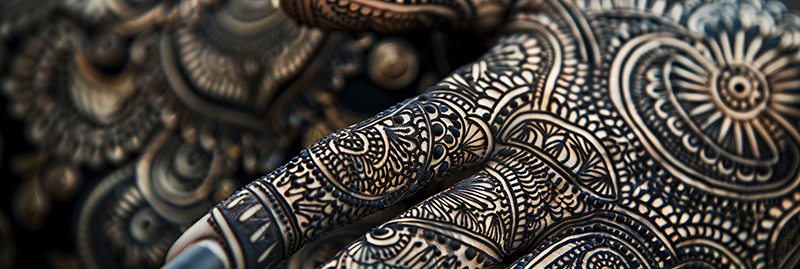
Have you ever marveled at the intricate patterns of a henna tattoo winding across someone’s hand? Known as mehndi in many cultures, henna tattoos have been enchanting people for centuries with their beauty and deep meaning. From ancient Egypt to modern-day festivals, this temporary art form has woven itself into celebrations like weddings and holidays across the globe.
Let’s dive into the world of henna tattoos, exploring their rich history, the tools that bring them to life, and how you can choose the best designs for yourself.
If you interested in some more intricate tattoo styles, click here
A Timeless Tradition
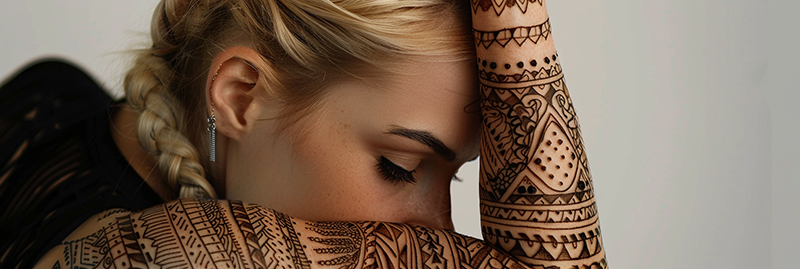
Henna tattoos trace their roots back thousands of years, with evidence of their use in ancient Egypt as early as 3000 BCE, where it adorned mummies for the afterlife. In India, mehndi became a cornerstone of bridal rituals, symbolizing joy and good fortune.
Today, it’s a global phenomenon, loved for its non-permanent nature and stunning designs. Whether it’s a swirling paisley pattern or a bold geometric shape, henna tattoos blend tradition with personal expression, making them perfect for anyone wanting to celebrate culture or simply try something new.
Tools of the Trade: Henna Ink and Pens
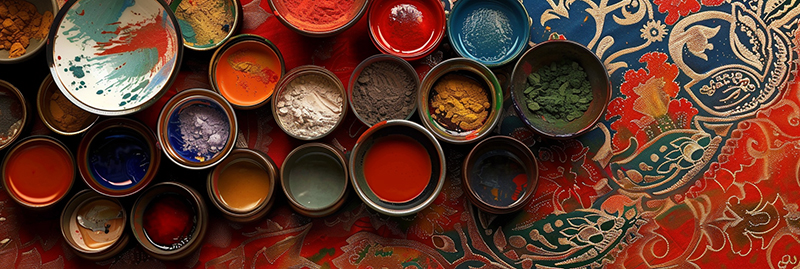
At the heart of henna tattoos is the dye itself, made from the crushed leaves of the henna plant. This natural ink starts as a greenish paste and, over a day or two, transforms into a rich reddish-brown stain on your skin.
It’s safe, non-toxic, and temporary—usually lasting one to three weeks—making it a worry-free choice for body art. Artists often mix it with lemon juice, sugar, and essential oils like lavender to enhance its color and staying power. I once tried a homemade mix at a friend’s wedding, and the earthy scent alone was worth it!
For precision, henna pens are a game-changer. These fine-tipped applicators let artists draw intricate lines and complex motifs with ease, from floral vines to delicate lace patterns. Whether you’re enhancing a traditional design or sketching a modern twist, a henna pen gives you control to make every detail pop.
Simplifying Art with Henna and Mehndi Stencils
Not everyone’s a freehand artist, and that’s where henna stencils come in. These adhesive templates stick to your skin, letting you apply henna paste over pre-cut designs for flawless results. They’re perfect for beginners or anyone wanting professional-looking patterns without years of practice.
Mehndi stencils, in particular, honor the cultural roots of henna with traditional Indian and Arabic designs—think paisleys, florals, and mandalas. I’ve used stencils for a festival once, and it was amazing how quickly I went from zero to a stunning hand design that got compliments all night.
Jagua: A Bold Alternative
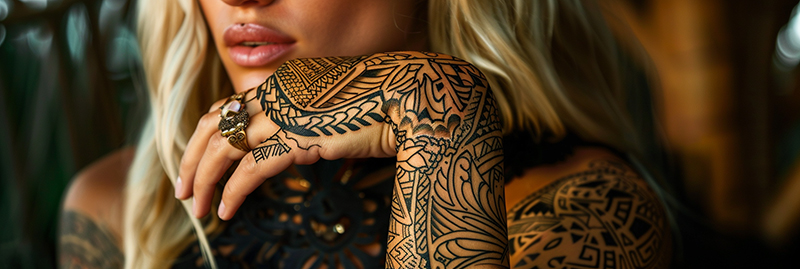
While henna reigns supreme, jagua tattoos are stealing the spotlight as a bold alternative. Made from the fruit of the jagua plant, this dye creates a deep blue-black stain that mimics a permanent tattoo, lasting up to two weeks.
Unlike henna, which sits on the skin’s surface, jagua penetrates deeper, giving it that striking, tattoo-like effect. It’s a fantastic option if you want something darker and longer-lasting for a special occasion—just imagine rocking a jagua tribal design at a summer party!
Henna Tattoo Designs: From Classic to Creative
Henna designs are as diverse as the cultures they come from. Traditional mehndi patterns often feature geometric shapes, floral motifs, and lace-like details, symbolizing prosperity, happiness, and protection. Bridal henna, for instance, might cover hands and feet with elaborate swirls, a tradition I’ve seen at Indian weddings that’s as mesmerizing as it is meaningful. Modern takes mix in tribal elements or minimalist lines, letting artists push boundaries while nodding to the past.
Some popular designs include:
- Floral Patterns: Roses or lotuses for beauty and growth.
- Geometric Shapes: Circles and triangles for balance and strength.
- Peacock Motifs: A symbol of royalty and vibrancy in Indian culture.
Placement matters too—hands and feet are classic for their visibility, but wrists, ankles, or even the back work for a subtler look. You can explore these on sites like Tattooing 101 for inspiration.
Choosing Your Henna Tattoo
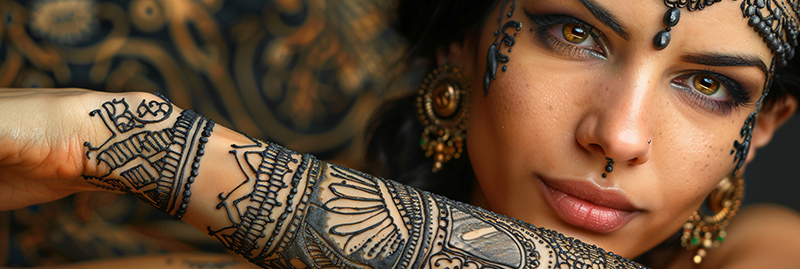
Picking the right henna tattoo starts with what speaks to you. Are you drawn to tradition, or do you want a modern twist? For a cultural vibe, go for mehndi stencils with paisley designs. If you’re after something bold, try jagua ink for that standout effect.
Think about the occasion—bridal henna for a wedding, or a playful pattern for a festival. Work with an artist or grab a stencil kit, and test it on a small patch first to see how the color develops on your skin. It’s all about finding a design that feels like an extension of you.
If you want to learn more about tattoos for ladies, click here
Caring for Your Henna
To make your henna tattoo last, care is key. After applying the paste, let it dry for 6-8 hours—overnight is best—then scrape it off gently. Avoid water for the first day, and moisturize with a natural oil like coconut to keep the stain vibrant. Sun exposure can fade it, so cover up when you can. With jagua, the same rules apply, though its deeper stain might need less upkeep.
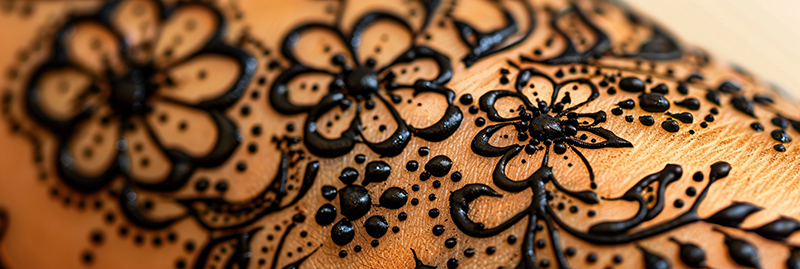
Conclusion: A Celebration of Art and Heritage
In a world of fleeting trends, henna tattoos stand out as a timeless blend of beauty, tradition, and creativity. From the intricate swirls of mehndi to the bold allure of jagua, this art form connects us to centuries of culture while letting us express ourselves today.
Whether you’re decorating for a wedding, a festival, or just because, henna tattoos offer a canvas for imagination and heritage. So, why not try it? Grab a stencil, mix some paste, and let the artistry begin—your skin’s waiting for its next story.
If you want to know more about tattoo design, check this out!

